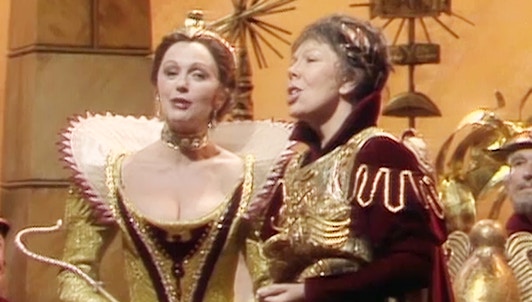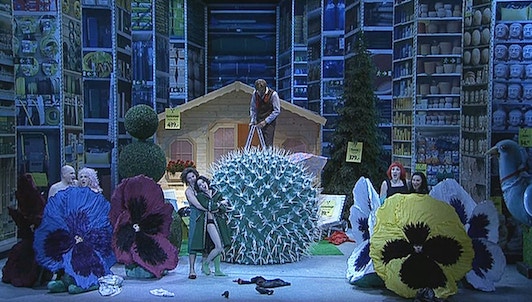At the English National Opera, Deborah Warner has been directing Benjamin Britten's final opera, Death in Venice, conducted by Edward Gardner.
Death in Venice, the last opera by Benjamin Britten, was composed based on the novella by Thomas Mann of the same name, which inspired at least one other celebrated artist, the filmmaker Luchino Visconti. Britten's opera was first performed at Aldeburgh Festival in 1973, just two years after the cinema release of Visconti's film, which Britten never saw. The complicated subject of the opera required a lot of preparation. Britten, who was already very ill, often expressed his fear that he would not be able to finish it. He even postponed an important operation in order to finish the score. Despite his best efforts, he was not able to conduct his piece, neither for its first performance, which he heard on the radio, nor for its recording.
Deborah Warner's classic staging respects Britten's world and perfectly blends oneirism and a sense of journey, both iconic elements of the piece. The staging and lighting immerse the audience in a Venice being plagued by its canal water. Like in Korngold's work nearly a century earlier, this water bears a morbid message: all of Britten's opera is marked by images of death, especially those presented by seven mysterious characters (all played by Andrew Shore), which arise during this cholera epidemic that strikes Venice and forces Tadzio's family to leave the area.
Gustav von Aschenbach (John Graham-Hall) is a writer searching for inspiration, who leaves for Venice on the advice of a mysterious character he meets in a cemetery. Despite the many characters on stage throughout the opera, Aschenbach is omnipresent, and the entire piece seems like a rite of passage or an inner journey for the character. Tadzio, a silent role, is played, as is often the case, by a dancer (Sam Zaldivar). Edward Gardner is at the head of the chorus and the English National Opera Orchestra, who fully respect the composer's stylistic legacy.
Photo: Sam Zaldivar (Tadzio) and John Graham-Hall (Gustav von Aschenbach) © Hugo Glendinning


